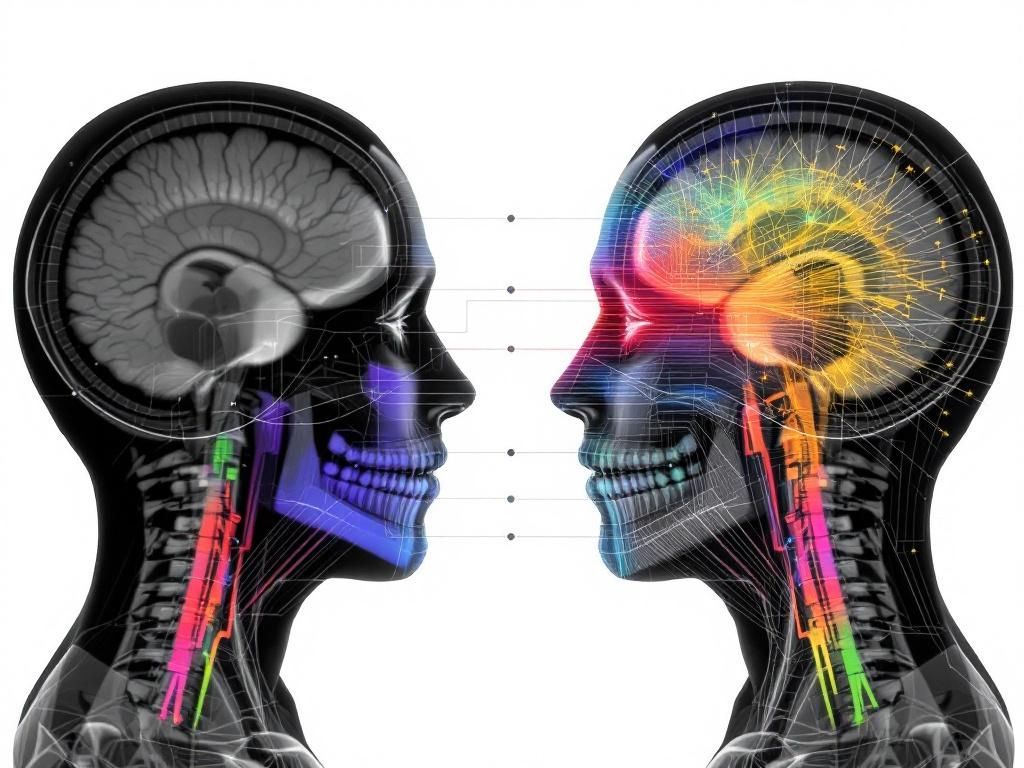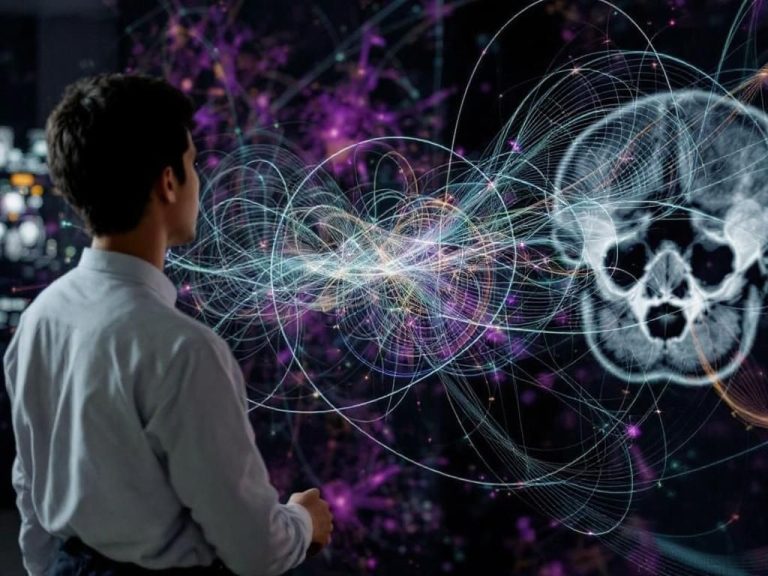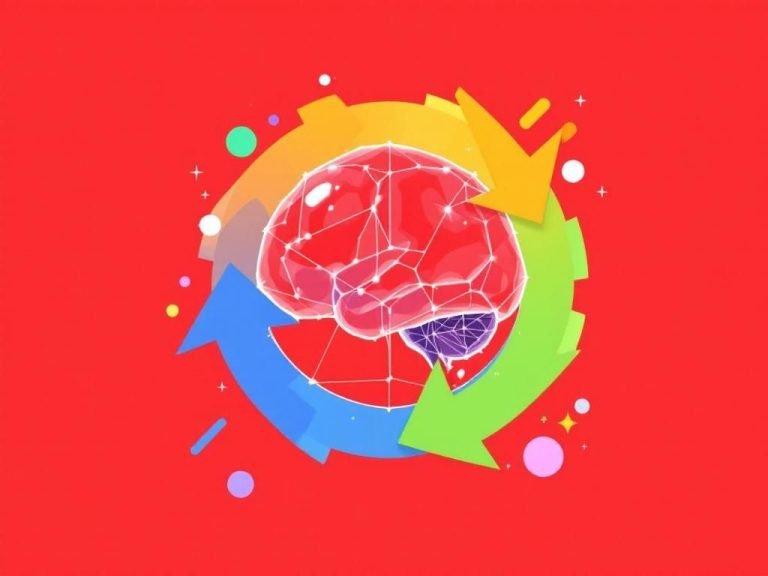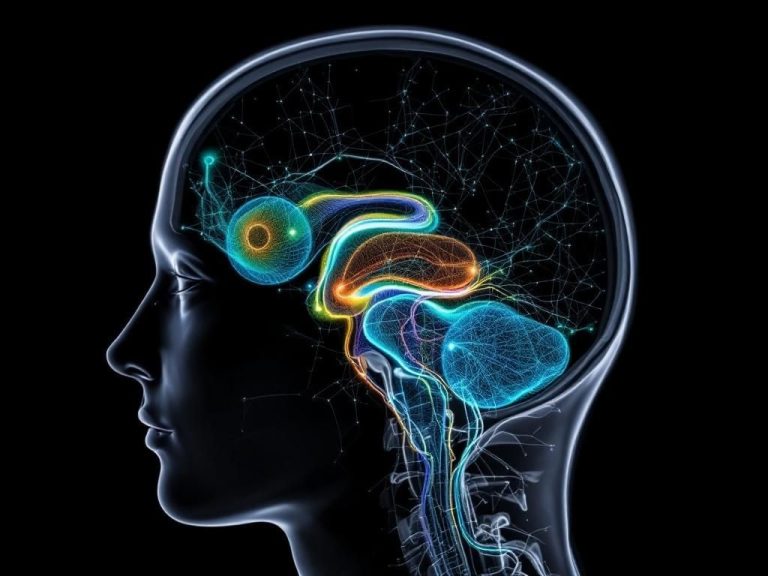As the field of medical imaging continues to evolve, deep learning has emerged as a groundbreaking technology that enhances the capabilities of healthcare professionals. The integration of artificial intelligence (AI) and machine learning methodologies into imaging allows for more accurate diagnostics, quicker processing times, and improved patient outcomes. In 2025, several deep learning tools are set to lead the charge in transforming the landscape of medical imaging. This article explores some of the best deep learning tools that are poised to influence the medical imaging domain.
Understanding Deep Learning in Medical Imaging
Deep learning, a subset of machine learning that employs neural networks for data processing, is particularly well-suited for analyzing complex datasets such as medical images. These tools can learn representations and features directly from data, making them invaluable for tasks like image classification, segmentation, and anomaly detection.
How Deep Learning Works
Deep learning models consist of multiple layers of neurons, each layer transforming the data for more abstract representations. The process typically involves:
- Data Acquisition: Gathering high-quality medical images from various modalities such as X-rays, CT scans, and MRIs.
- Preprocessing: Normalizing images to ensure consistency, resizing, and augmenting data to improve model robustness.
- Model Training: Using annotated datasets to train the model to recognize patterns and features associated with different medical conditions.
- Validation and Testing: Evaluating the model’s performance on unseen data to assess accuracy and reliability.
Top Deep Learning Tools for 2025
Here’s a look at some of the leading deep learning tools that are anticipated to excel in the realm of medical imaging in 2025:
1. TensorFlow
Developed by Google, TensorFlow is an open-source deep learning framework that has gained immense popularity due to its flexibility and comprehensive ecosystem.
- Features:
- Support for large-scale machine learning tasks.
- TensorFlow Extended (TFX) for production-level deployment.
- Integration with Keras for ease of model building.
- Robust community support and extensive documentation.
2. PyTorch
Another major player in the deep learning sphere, PyTorch, developed by Facebook, is favored for its dynamic computation graph and ease of use, particularly in research settings.
- Features:
- Intuitive and flexible for prototyping.
- Rich support for tensor computation.
- Strong GPU acceleration capabilities.
- Integration with fastai for high-level model training.
3. MONAI
MONAI (Medical Open Network for AI) is a specialized framework tailored for deep learning in healthcare imaging. It focuses on providing tools and resources specifically designed for medical image analysis.
- Features:
- Pre-trained models for various imaging modalities.
- Integration with existing frameworks like PyTorch.
- Support for common medical imaging tasks such as segmentation and classification.
4. OpenCV
OpenCV (Open Source Computer Vision Library) is a well-established library used for computer vision tasks, including medical image processing.
- Features:
- Comprehensive tools for image manipulation and feature extraction.
- Integration of machine learning algorithms for image recognition.
- Support for a wide array of image formats and types.
5. SimpleITK
SimpleITK is a simplified interface for the Insight Segmentation and Registration Toolkit (ITK), aimed at medical image processing.
- Features:
- Easy-to-use APIs for image registration and segmentation.
- Python compatibility for seamless integration with other tools.
- Strong capabilities for handling multi-dimensional images.
Comparison Table of Deep Learning Tools
| Tool | Primary Use | Strengths | Weaknesses |
|---|---|---|---|
| TensorFlow | General deep learning | Flexibility, large community | Steeper learning curve |
| PyTorch | Research and development | Dynamic computation graph | Less established in production |
| MONAI | Medical imaging | Specialized for healthcare | Newer framework |
| OpenCV | Computer vision | Robust tools, fast processing | Less focus on deep learning |
| SimpleITK | Medical image processing | User-friendly | Limited to specific use cases |
Challenges in Deep Learning for Medical Imaging
Despite the advancements in deep learning technologies, several challenges persist that need to be addressed for effective application in medical imaging:
Data Privacy and Security
Protecting patient data is paramount. Compliance with regulations like HIPAA (Health Insurance Portability and Accountability Act) is essential to ensure data privacy.
Quality of Annotations
Deep learning models require high-quality labeled datasets for training. Ensuring that images are accurately annotated is critical for the model’s performance.
Generalization
Models trained on specific datasets may not perform well on diverse datasets from different populations or imaging equipment.
Future Directions
Looking ahead, the future of deep learning tools in medical imaging is bright. Innovations are expected in the following areas:
- Transfer Learning: Utilizing pretrained models for faster and more efficient training on smaller datasets.
- Explainable AI: Developing models that provide interpretable results, enhancing trust among healthcare professionals.
- Automated Pipeline Creation: Streamlining the workflow from image acquisition to diagnosis through automated processes.
Conclusion
The landscape of deep learning in medical imaging is rapidly evolving, propelled by cutting-edge tools and methodologies. As we move forward into 2025, adopting these technologies will help healthcare professionals better diagnose and treat patients, ultimately leading to improved health outcomes. Understanding the strengths and limitations of various tools is crucial for leveraging their capabilities effectively in clinical settings.
FAQ
What are the best deep learning tools for medical image analysis in 2025?
In 2025, some of the best deep learning tools for medical image analysis include TensorFlow, PyTorch, Keras, MONAI, and Fastai, offering robust frameworks for developing advanced models.
How does TensorFlow contribute to medical image processing?
TensorFlow provides a flexible platform with extensive libraries and tools specifically designed for deep learning, making it highly suitable for tasks like image classification and segmentation in medical imaging.
What is MONAI and why is it important for medical imaging?
MONAI (Medical Open Network for AI) is a specialized deep learning framework tailored for healthcare applications, offering tools and workflows that specifically address the needs of medical image analysis.
Can PyTorch be used for developing deep learning models in healthcare?
Yes, PyTorch is widely used in healthcare for developing deep learning models, thanks to its dynamic computation graph and ease of use, facilitating research and prototyping in medical image analysis.
What role does Keras play in deep learning for medical images?
Keras simplifies the process of building deep learning models, making it accessible for researchers and developers working on medical image analysis, allowing for rapid prototyping and experimentation.
Are there any new deep learning tools emerging for medical imaging in 2025?
Yes, as of 2025, new tools and frameworks are continually emerging, focusing on improving model accuracy, interpretability, and integration with clinical workflows in medical imaging.




